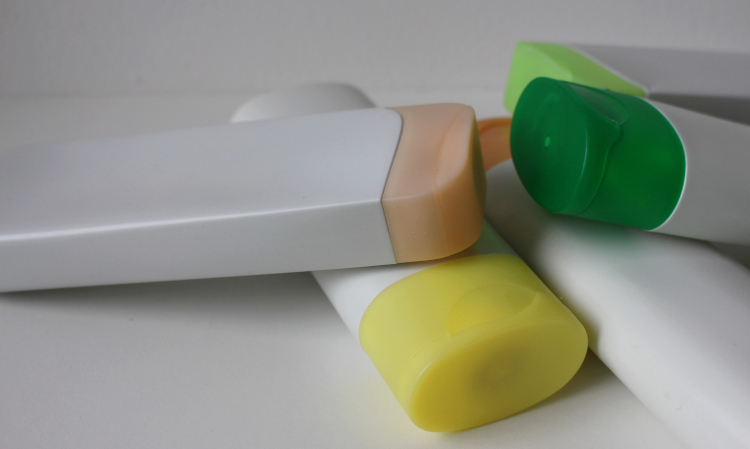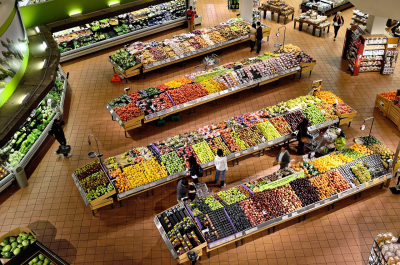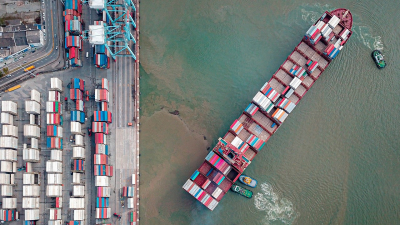Plastic packaging offers numerous advantages that have contributed to its widespread use. Firstly, plastics are lightweight, which reduces transportation costs and energy consumption during shipping. Additionally, their durability and ability to provide a barrier against moisture, air, and light help extend the shelf life of products, minimizing food waste and ensuring product safety.
The Advantages of Plastic Packaging: Convenience, Durability, and Versatility
However, the environmental consequences of plastic packaging cannot be ignored. Plastics are derived from fossil fuels, a non-renewable resource, and their production contributes to greenhouse gas emissions and climate change. Furthermore, the durability that makes plastic packaging desirable also makes it problematic in terms of waste management.
Environmental Concerns: The Impact of Plastic Packaging on our Planet
To address these concerns, various initiatives and alternatives to plastic packaging have emerged. One approach is the adoption of recycling programs and infrastructure improvements. Recycling plastic packaging can help reduce the amount of plastic waste that ends up in landfills or the environment..
Towards a Sustainable Future: Exploring Alternatives and Promoting Change in Packaging Practices
HDPE containers, made from high-density polyethylene, have gained popularity as a versatile and sustainable packaging option. HDPE https://rosinski.com.pl/en/category/containers/ is a strong and durable plastic material that offers excellent resistance to impact, chemicals, and moisture. These properties make HDPE containers ideal for a wide range of applications, from food and beverages to household products and personal care items.
Plastic packaging has undeniably revolutionized the way products are stored, transported, and delivered. Its advantages in terms of convenience, durability, and cost-effectiveness cannot be overlooked.


 Are you thinking about investing in real estate in Albania? Looking for a safe and profitable opportunity? Balfin Real Estate
Are you thinking about investing in real estate in Albania? Looking for a safe and profitable opportunity? Balfin Real Estate The issue of tariffs has gained significant attention in Canada following months of warnings from U.S. President Donald Trump. Tariffs
The issue of tariffs has gained significant attention in Canada following months of warnings from U.S. President Donald Trump. Tariffs The Canadian government has taken decisive action following new U.S. tariffs. Prime Minister Justin Trudeau announced immediate countermeasures after President
The Canadian government has taken decisive action following new U.S. tariffs. Prime Minister Justin Trudeau announced immediate countermeasures after President

